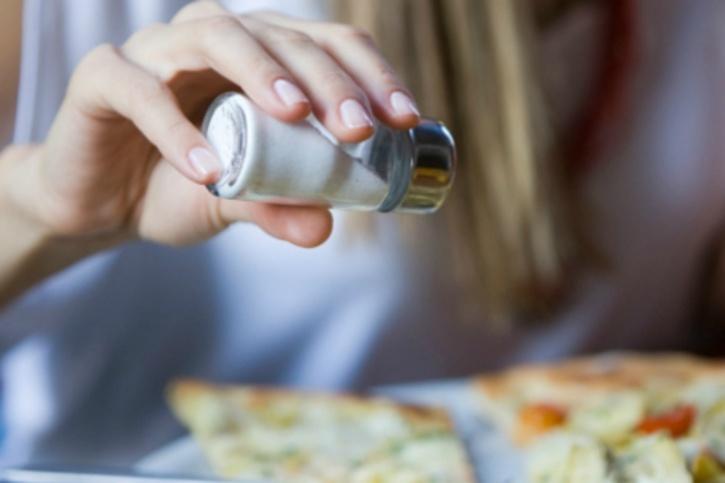
- Choose foods wisely
Instead of what numerous people could assume, table salt isn’t the prime culprit. Maximum of the sodium that people eat above 70% adapted from packaged and restaurant foods.
- Be label savvy
Take the time to cautiously understand the Nutrition Facts labels on food boxes and compare foods. The quantity of sodium per serving is indicated on most packaging (written as a percentage of the recommended daily amount). As a global rule, experts suggest selecting products with 5% daily value or less of sodium and avoid or restricting products with a sodium content of 20% or more per serving. Look for alternatives that are “low-sodium,” “no salt added,” “sodium-free” and “unsalted.”
- Be mindful of salt in prepared and restaurant foods
Quick grab-and-go foods, takeout, and restaurant food tend to be high in sodium. When eating outside, don’t hesitate about asking if food can be made with less or no salt. Also, ask for salad dressing to be served on the side. The best chance is to make more meals at home so that people can better control and monitor their sodium intake.
- Pick healthy snacks
Try to keep snacks that boost good health. An unlocked bag of chips or other flavourful snack tends to finish quickly, and these salty snacks are packed with sodium. Instead, select fresh fruits and vegetables.
- Watch out for canned foods
Canned food items particularly soups are usually packed with salt to conserve color and taste. Some experts suggest rinsing canned foods before eating them, whether beans, tuna or vegetables, to assist removal of some of the sodium.
- Spice up your recipes
Do not hesitate to utilize other types of seasonings. Try a bit of herb and spices, squeeze in some fresh lemon or lime, or add some crushed ginger or garlic. These dishes will add flavor to recipes without adding sodium.
- Think twice before adding a dash of salt
A salt shaker has always been essential in most kitchens and on tables. Rather than keeping salt shaker close to hand, try locating it in a cabinet out of reach.
- Ask your providers about salt substitutes
The jury concerns whether these products are safe for specific people, so ensure to ask before utilizing them.
- Get advice from a nutritionist
If you need support for meal planning and learning more regarding how to reduce sodium intake, consider seeing a nutritionist or dietitian. The DASH diet is also a popular eating plan to help limit salt.

